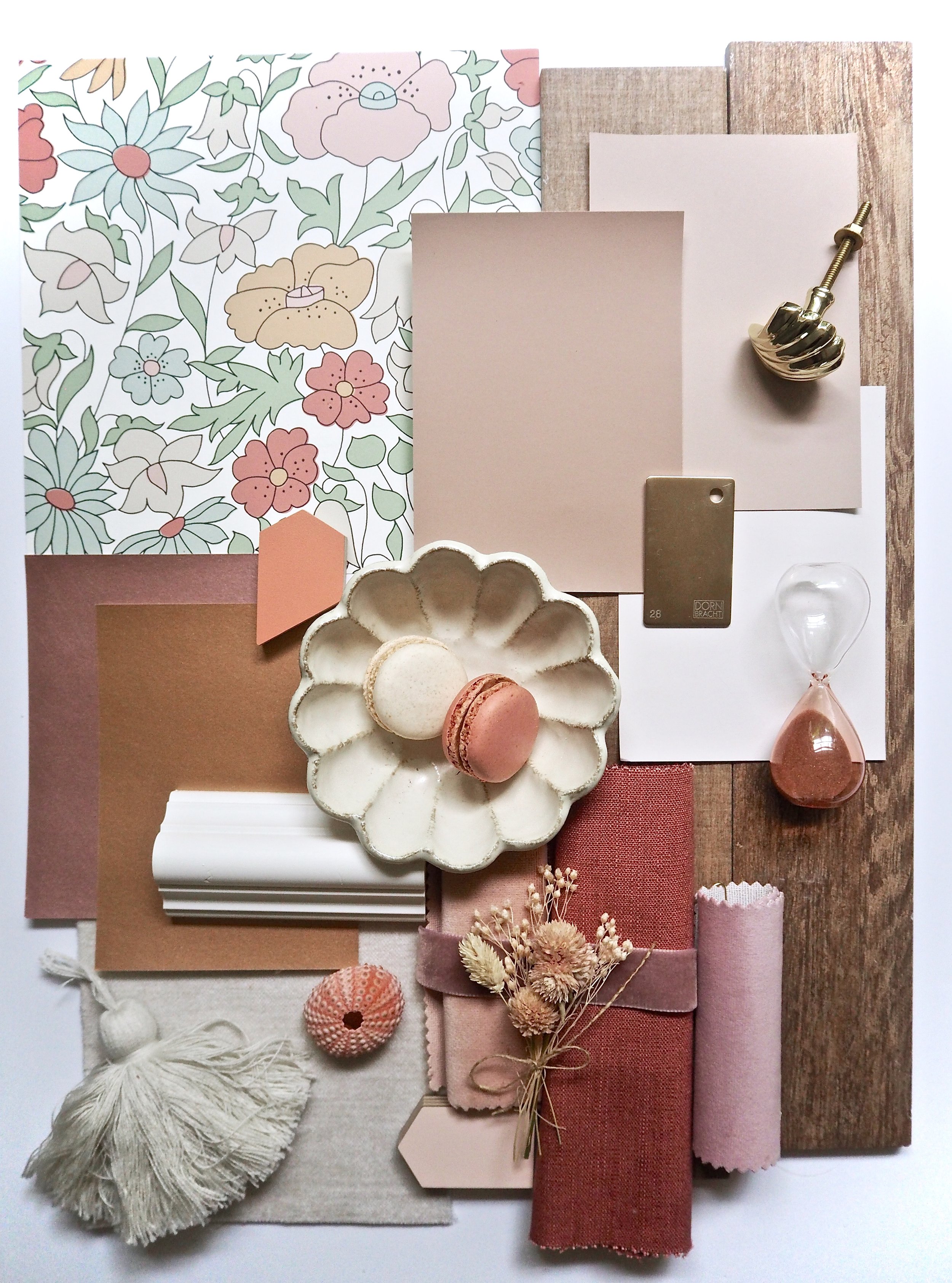4 Quick Top Tips for Creating Your Interior Scheme

There is so much overwhelm when it comes to choosing your own interiors. It is very easy to get carried away with the look that somebody else has created thinking it will suit your space yet the architecture, style, practical requirement and family dynamic of the space are completely different from yours. So I have put together my top 4 tips for starting the process of creating an interior scheme.
1 Layout
Even if you are not looking to redesign the house, knock walls down etc. it is still really important to consider the layout of each room when shopping for furniture. Ask yourself questions such as 'how do you use the room', 'what is the purpose of the room', 'which room gets the best light in the morning'. Masking tape will be your best friend, use it to mark out furniture and the layout in general, especially when choosing pieces to check dimensions. Basically, however which way you choose to do it, have some rough plans of how you see the space laid out.

2. Style
It's easy to look at an image on Pinterest of a large barn and think you would want to try and recreate the look and then realise you actually live in a terraced cottage. Thinking about the style of your home and how you want it to look at the end of the decorating process is another key consideration. You can of course mix different styles, try to avoid focusing on trends and following one style such as midcentury or Scandinavian, the most impactful space will have been able to combine different elements from different eras, styles and places. Again, helpful if you have a mood board for this one. If you have a single board which covers style, you can really start to pull together different looks you want to achieve and ensuring that will work together. Remember you want to layer your home, and not just buy from one store, this will always create a more interesting story.
3. Mood Board
Creating a mood board (both a physical and digital one) in my opinion is a pretty crucial part of the process . Whether you start with a colour you love, a photograph, or a piece of fabric, having a visual representation will be a helpful way to guide you through the process. There are different ways in which you can create a mood board and obviously now there are lots of tools available to help. Pinterest being the most well known and easy to navigate for this sort of project. I would suggest you create online boards but also a physical board which is always very fun to create. When creating boards online using a platform such as Pinterest I would suggest that you create one main board that is an 'over arching feel', and then boards for each room (depending on which rooms you are redesigning), plus boards for furniture, colour palette and details. You can of course duplicate any of these images and move images into the relevant rooms, i.e. colour you love for the living room, or a light switch you have found. By having individual boards like a colour palette, it allows you to see everything at a glance and consider the space as a whole and not individual rooms in isolation.

4. Colour Palette
Colours are categorised into groups; harmonious, contrasting and tonal.
One of the keys to creating a uniformed scheme is to use a harmonised colour palette throughout the house to ensure you get a flow and connection with the rooms, I have never used a colour wheel, although I know some people swear by them. Harmonious colours sit next to each other on the colour wheel.
'The essence of the colour wheel is to take the original three primary colours of red, yellow and blue, and then show the secondary and tertiary colours that can be derived from combining and blending them together,' advises Ruth Mottershead, creative director, Little Greene.
Contrasting colours are those that sit directly opposite each other on the colour wheel. They are also sometimes referred to as complementary colours. Contrasting schemes can done well be the most interesting of schemes.
Tonal colours are different shades of one colour. A tonal scheme, also sometimes referred to as a monochromatic scheme is arguably the simplest of the colour recipes you can use for decorating.
A great tool you can use is coolers, it allows you to put in any HEX colour code and then a little like a pinball machine it runs through other colours.
(I am sure I will keep adding to this as I go along and think of more key tips for creating a scheme you love, so watch this space).





